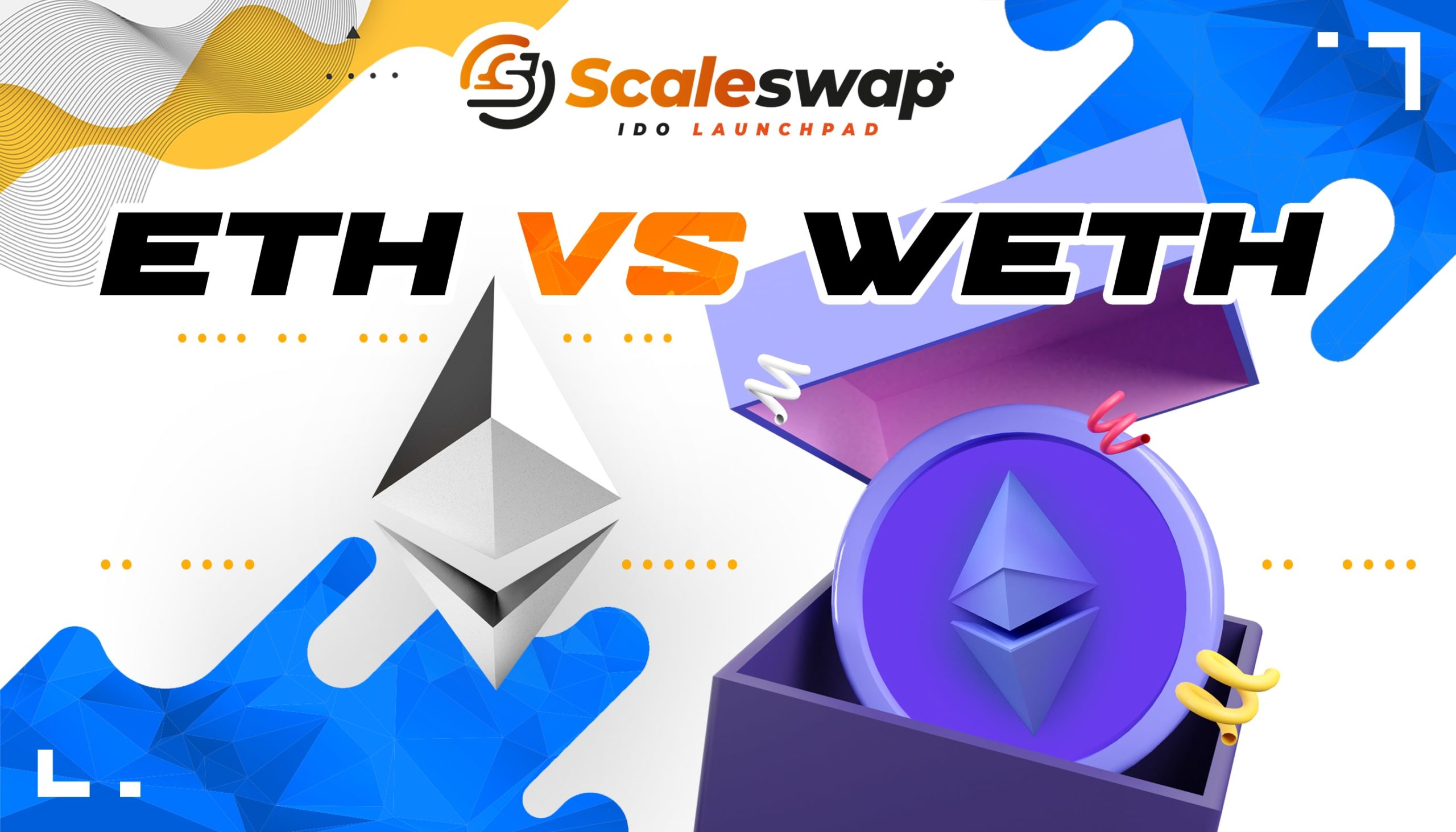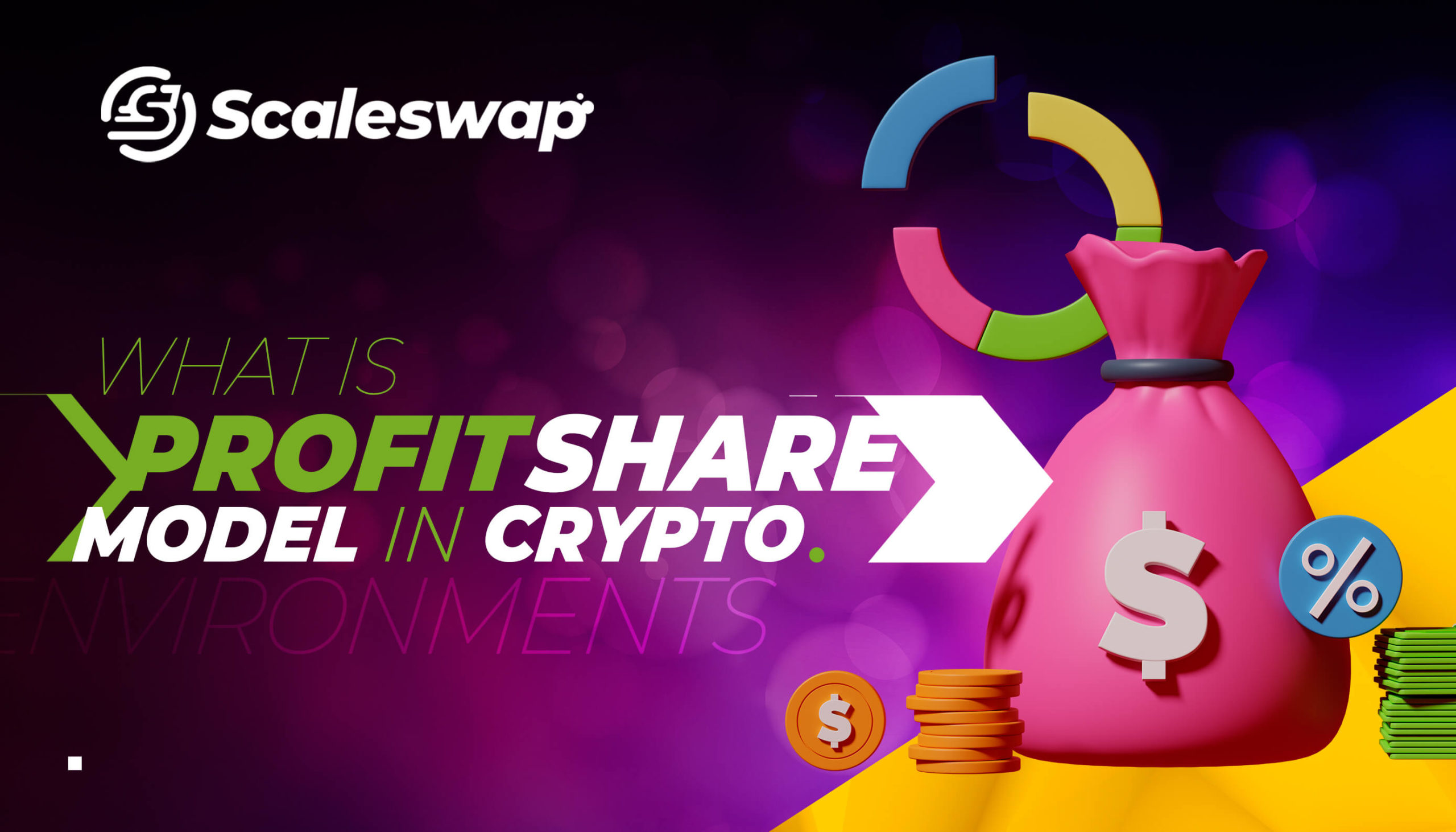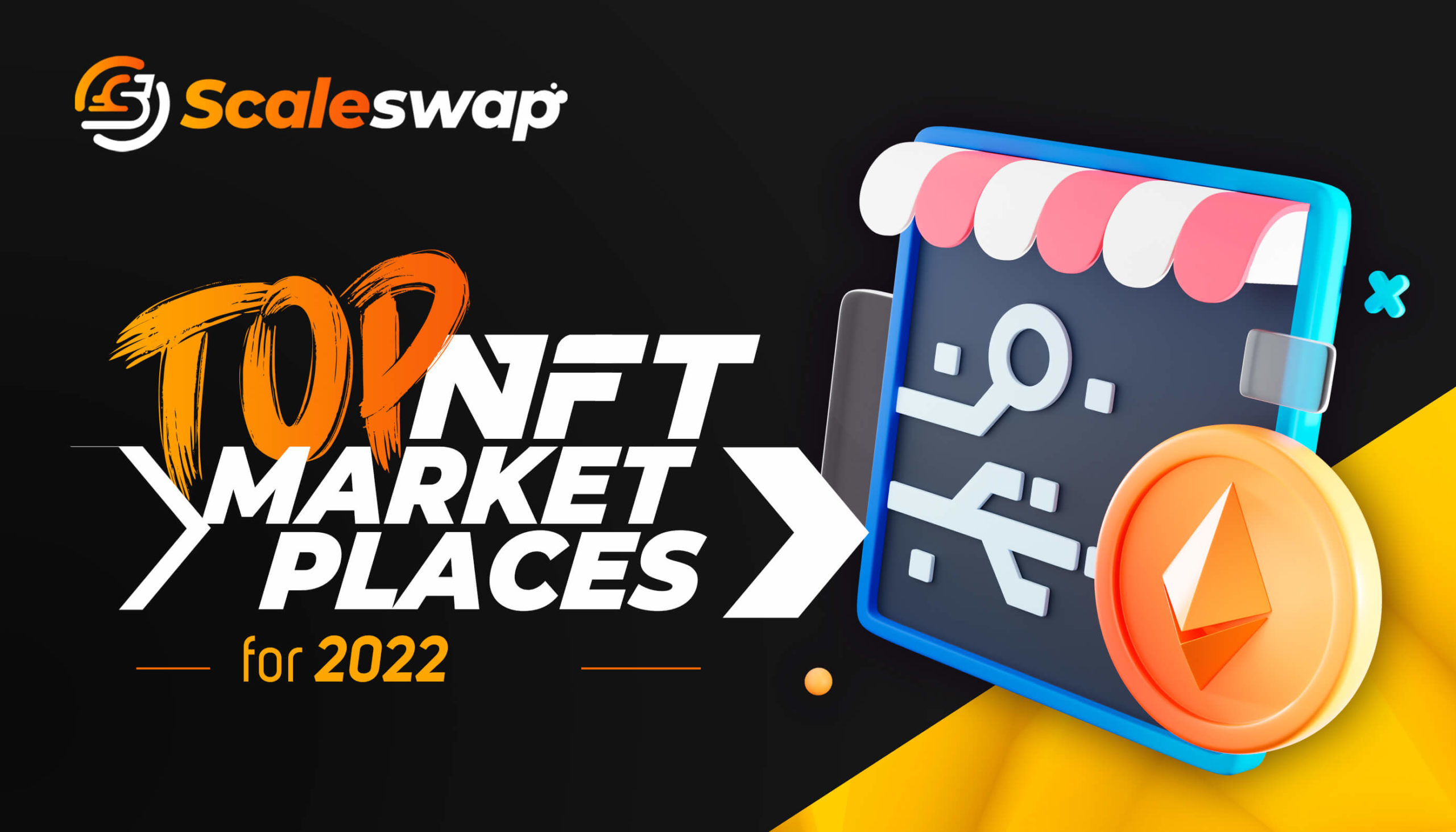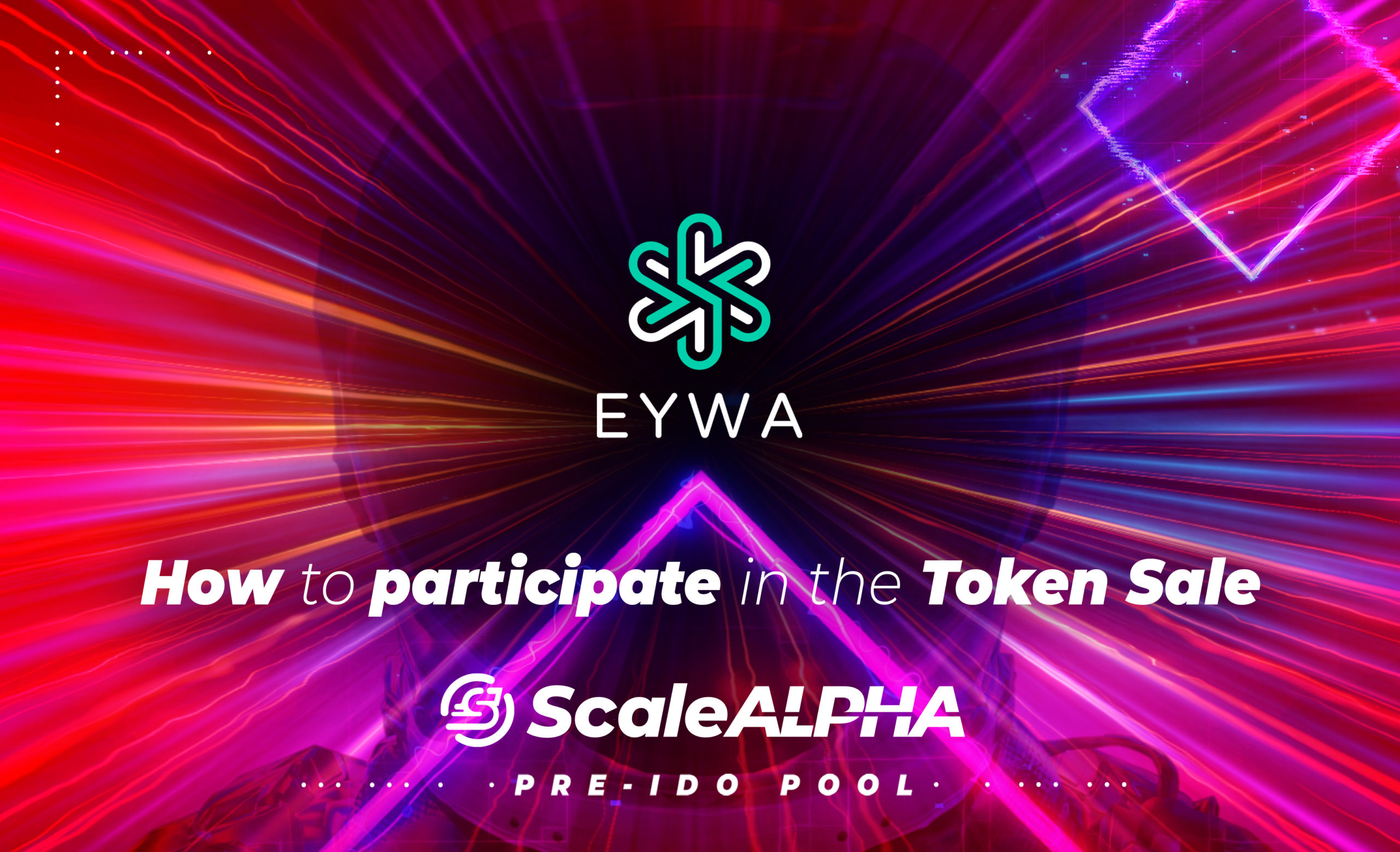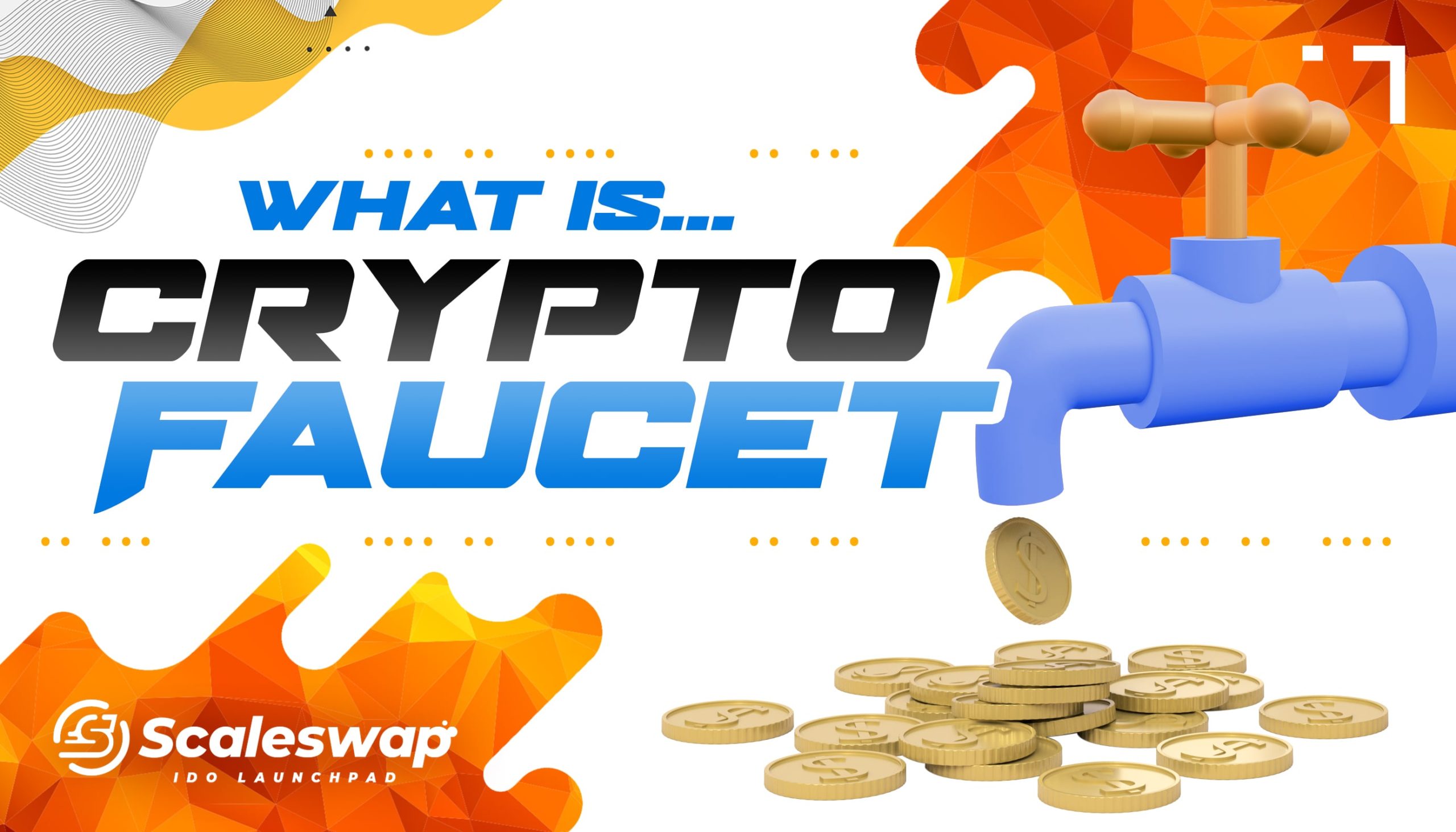If you have been following the cryptocurrency space, you might have noticed that there are specific cryptocurrencies that feature the letter “W” in front of them.
This means that the token is “wrapped”. To make this as simple as possible for you to understand, we will go over the main differences between a wrapped token and one that is not.
WETH vs ETH
Ether (ETH) is the native cryptocurrency token that is developed as a means of powering the Ethereum blockchain network. This means that it is built on top of it and runs through it.
However, when a decentralized application or dApp gets developed on top of the Ethereum blockchain, there is typically a token that accompanies it.
For example, Bancor has the BNT token, 0x has its ZRX token, and Civic has its CVC Token. Well, Ethereum has its ETH cryptocurrency.
Wrapped Ether (WETH) is a token that is directly pegged to Ether (ETH). The need for WETH was created when the popularity of decentralized applications (dApps) increased.
ETH as a token couldn’t be used across a variety of different decentralized finance (DeFi) use-cases, and as such, the token needed to be wrapped up in an ERC-20 token standard.
This means while WETH is equivalent to ETH in terms of value, if a user aims to use ETH within different custom dApps, they need to convert it to WETH. The need for this was created due to the fact that Ether (ETH) was created before token standards were, which means that it is not fully compliant with the ERC-20 token standard, which significantly hinders its use-cases in DeFi.
What Is the ERC-20 Standard?
ERC-20 is a token standard developed after the ETH cryptocurrency was released.
This token standard essentially defines how the tokens can be transferred and how a consistent record can be kept of those that transfer tokens within the Ethereum network as a whole.
It is also a standard used for the creation and issuing of smart contracts, which are used to create tokenized assets that people can invest in.
How Do Wrapped Tokens Work?
Wrapping a token might not be what you initially think. This is because you are not wrapping a token but trading it instead. Specifically, you are trading your ETH token, through the utilization of smart contracts, for another token called WETH.
At the point in time when you want to get back your ETH tokens, all you have to do is simply trade your WETH tokens for ETH tokens. This is possible because they aim to maintain identical values.
What this means is that wrapped tokens are cryptocurrencies that are pegged to the value of another original cryptocurrency asset and made to function on the DeFi platforms available throughout the crypto space. The original asset gets “wrapped” into a digital vault, while the new token is minted and created to enable it to transact on other platforms.
How Do You Convert Ethereum to Wrapped Ethereum?
Before you can get Wrapped Ethereum (WETH), you will first need to buy Ethereum’s native cryptocurrency token, Ether (ETH). You can do so through the usage of a centralized exchange or through the usage of a decentralized exchange.
At the point in time when you get ETH, you can wrap it by trading ETH to WEETH.
To do this, you will need to have Ether (ETH) on a cryptocurrency wallet, such as the Metamask wallet, for example.
You can then connect your wallet, which in this example is Metamask, to a decentralized exchange that is built on top of the Ethereum blockchain network. One of the most popular decentralized exchanges that you can use is Uniswap, which will enable you this functionality.
Here is everything that you need to do, step-by-step.
- Open up Your Web Browser and Navigate to Uniswap
Visit the official Uniswap website, after which you will be able to connect your wallet.
- Connect your Wallet
Click on “Connect Wallet” on the top-right corner of the screen, after which you can connect your Metamask wallet. If you do not have the wallet installed, you can click on “Install Metamask.”

- Select the ETH and WETH cryptocurrencies
You will now need to select ETH for the asset at the top and WETH for the asset at the bottom, as seen in this image example.
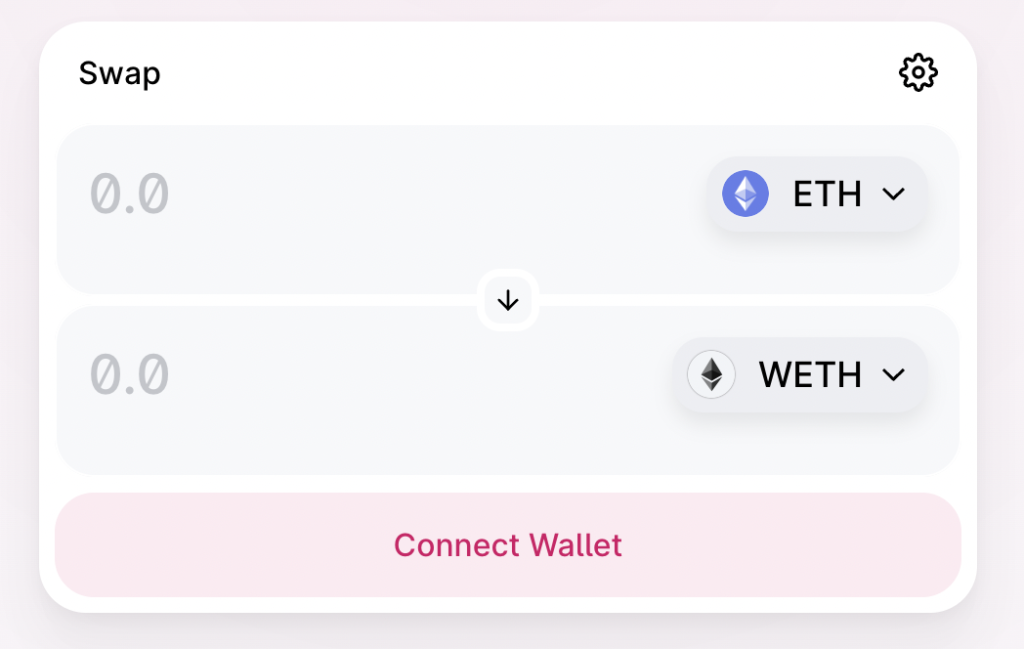
You can then write down the amount of ETH that you would like to trade and click on the “wrap” button in order to complete the swap.
Here, a pop-up notification will appear from the wallet you are using, which will give you an estimation of the gas fees, as well as the total transaction account. All you have to do in this case is confirm the transaction, and you will find that WETH will appear in your wallet soon after.
How Do You Unwrap WETH?
As previously mentioned, when you are wrapping Ether (ETH), you can think of it more as a procedure where you are simply trading one town for another. What this means is that if you have WETH, you can unwrap it and get back ETH by doing the procedure again, but this time selecting WETH at the top and ETH at the bottom of the selection screen.

You will have to confirm the transaction from your Metamask wallet or any other wallet you are using and pay the gas fees again, so keep that in mind.
How Do You Unwrap Ethereum on OpenSea using Metamask?
An alternative way through which you can unwrap your WETH is through the utilization of the OpenSea marketplace, as well as the Metamask wallet.
To follow this procedure, you need to have:
- A Metamask wallet
- An OpenSea Account
- WETH in your OpenSea wallet
If everything is in order, these are the steps that you need to take to complete the process.
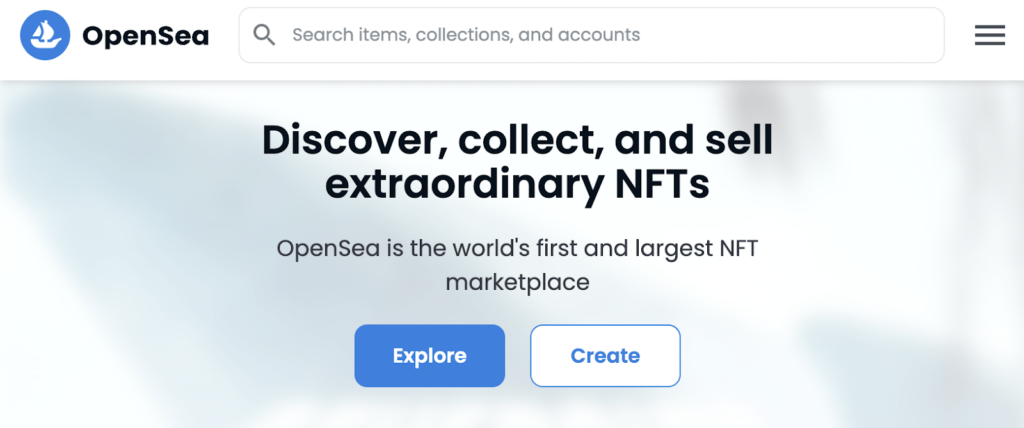
First, you will need to navigate to the official OpenSea website, after which you will need to Sign In to the account that you have created there. Then, you need to click on the wallet icon, which should be located on the right corner of the screen by default.
Here, you will find three dots located next to the WETH balance there. You will also find a button that is called “Unwrap.” Click on that option, and after your request gets processed, you can confirm the transaction through the Metamask wallet that you have connected.
Conclusion
Hopefully, now you have a heightened level of understanding when it comes to the main differences surrounding ETH and WETH and can easily wrap and unwrap your cryptocurrencies within minutes.
Remember that this procedure can be completed in any decentralized exchange that supports both cryptocurrencies and that gas fees need to be paid each time you engage in this procedure.


 Scalescore
Scalescore
